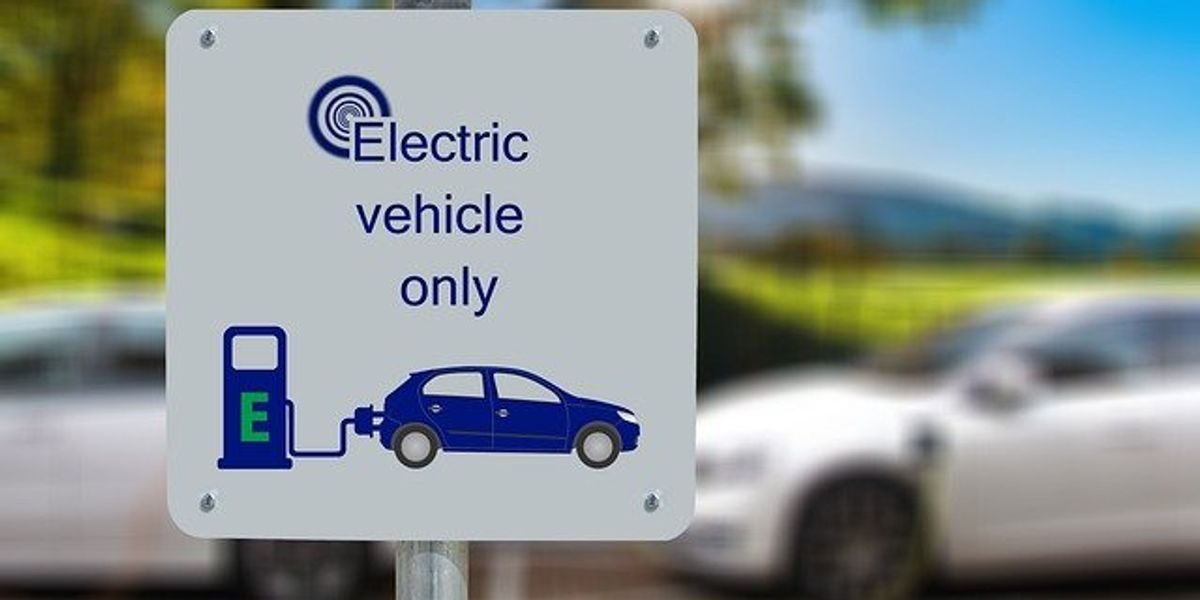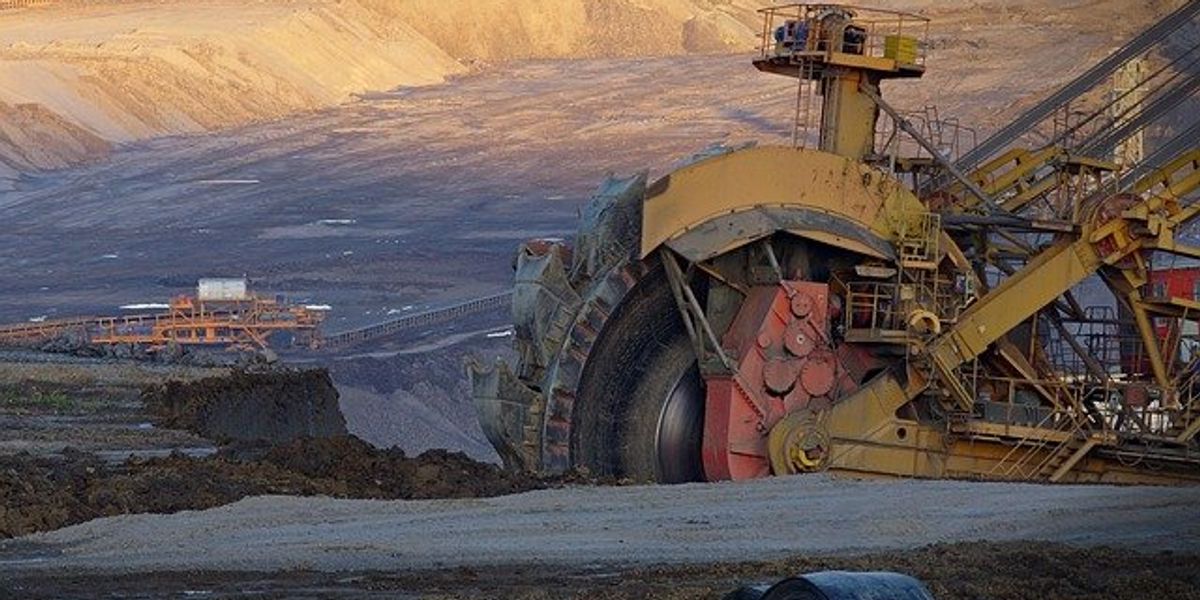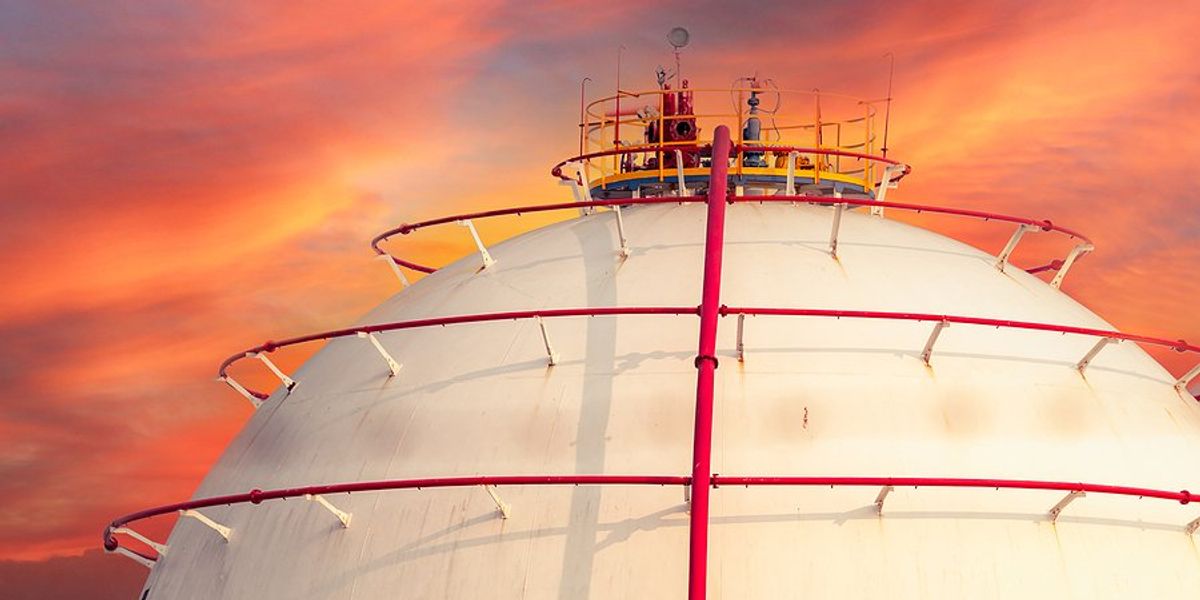
B.C.'s $3.5B climate plan fails to cut emissions
Despite investing billions in its CleanBC program, British Columbia’s carbon emissions remain unchanged from 2007 levels, raising questions about the province’s commitment to reducing greenhouse gases.
Steph Kwetásel’wet Wood reports for The Narwhal.
In short:
- B.C. spent $3.5 billion on CleanBC, launched in 2018 to cut emissions by 16% by 2025, but emissions remain at 2007 levels.
- Government documents suggest CleanBC's goals are now "no longer workable," and the province has scrapped the consumer carbon tax.
- Critics argue B.C.'s push for liquefied natural gas (LNG) expansion undermines its climate efforts, despite progress in electric vehicles and methane reduction.
Key quote:
“This is deeply unfair, because we have a lot of people in British Columbia who are concerned about climate change, who are going along with the program, installing the heat pumps, maybe they got an electric car or they got rid of their car, and it’s sad that all these collective efforts are overshadowed by big fossil fuel projects and big oil lobbying throwing us back to square one.”
— Jens Wieting, senior policy and science advisor with Sierra Club BC
Why this matters:
British Columbia positioned itself as a climate leader, yet its emissions stagnation raises concerns about policy effectiveness and political will. The province's expansion of LNG projects — among the most carbon-intensive industries — appears at odds with its climate commitments. Meanwhile, extreme weather events like wildfires and floods continue to intensify, increasing costs for communities.
The failure of CleanBC to meaningfully cut emissions speaks to a broader challenge: how to reconcile economic growth with the urgent need to reduce carbon pollution. While the province has introduced policies such as carbon pricing and emissions caps for certain industries, these measures have not been enough to offset the impact of continued fossil fuel development.
Related: B.C. government shifts LNG transmission line oversight to industry-funded regulator













